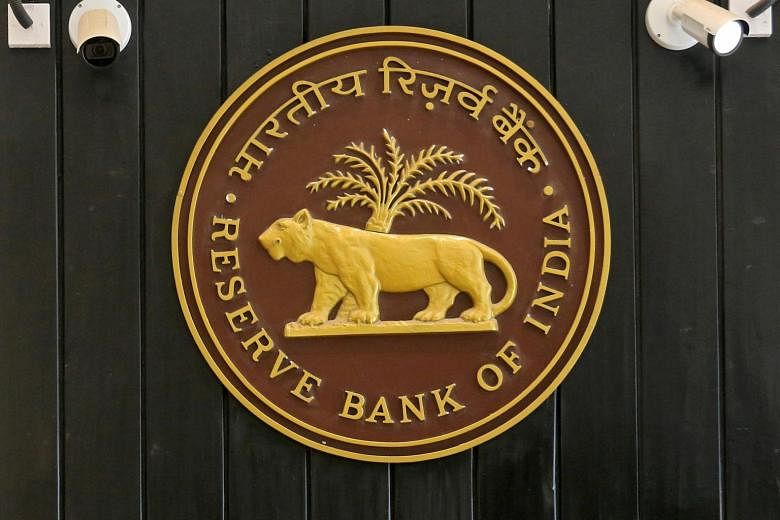MUMBAI (BLOOMBERG) - India's central bank expects banks' bad-loan ratios to almost double this year and warned that soaring markets and a weakened economy threaten financial stability.
The Reserve Bank of India (RBI) forecasts non-performing assets will rise to 13.5 per cent of total advances by the end of September from 7.5 per cent a year ago, according to its semiannual Financial Stability Report published on Monday (Jan 11). If the number holds through the fiscal year ending March 2022, it would be the worst since 1999.
"Domestically, corporate funding has been cushioned by policy measures and the loan moratorium announced in the face of the pandemic, but stresses would be visible with a lag," RBI said. "This has implications for the banking sector as corporate and banking sector vulnerabilities are interlinked."
Like global peers, Indian lenders have been hit hard by the coronavirus outbreak, which triggered an unprecedented economic slump hurting borrowers' ability to repay debts. Banks came into the year already weakened by a two-year-old shadow lending crisis and are now struggling with one of the worst bad-loan ratios among major nations.
In response, the RBI has taken unprecedented steps, including a loan repayment moratorium that ended in August, followed by a two-year debt restructuring program. But the measures have made it harder to assess the extent of the problem.
"Congenial liquidity and financing conditions have shored up the financial parameters of banks, but it is recognized that the available accounting numbers obscure a true recognition of stress," Governor Shaktikanta Das wrote in the report. "It is in this context that banks must exploit the congenial financial conditions and the conducive policy environment to plan for capital augmentation and alterations in business models that address emerging challenges."
The RBI expects banks' capital ratios will erode to 14 per cent in September from 15.6 per cent in September 2020. This may worsen to 12.5 per cent in a very severe stress scenario, under which nine banks may fall short of meeting the minimum capital requirement of 9 per cent.
Most banks raised capital in the past six months. Private lenders led the pack, followed by state-run peers, including the country's largest lender State Bank of India, which raised funds via additional Tier 1 bonds.
The S&P BSE Bankex Index in 2020 saw its first annual drop in in five years even as the benchmark gauge rose 16 per cent
RBI Governor Das also cautioned that a widening "disconnect" between "certain sections of the financial markets and the real economy." India's benchmark stock index has followed its global peers in surging to record highs while the government estimates gross domestic product will fall 7.7 per cent in the year through March 2021, the biggest contraction since 1952.
"Stretched valuations of financial assets pose risks to financial stability," Das said. "Banks and financial intermediaries need to be cognizant of these risks and spillovers in an interconnected financial system."

